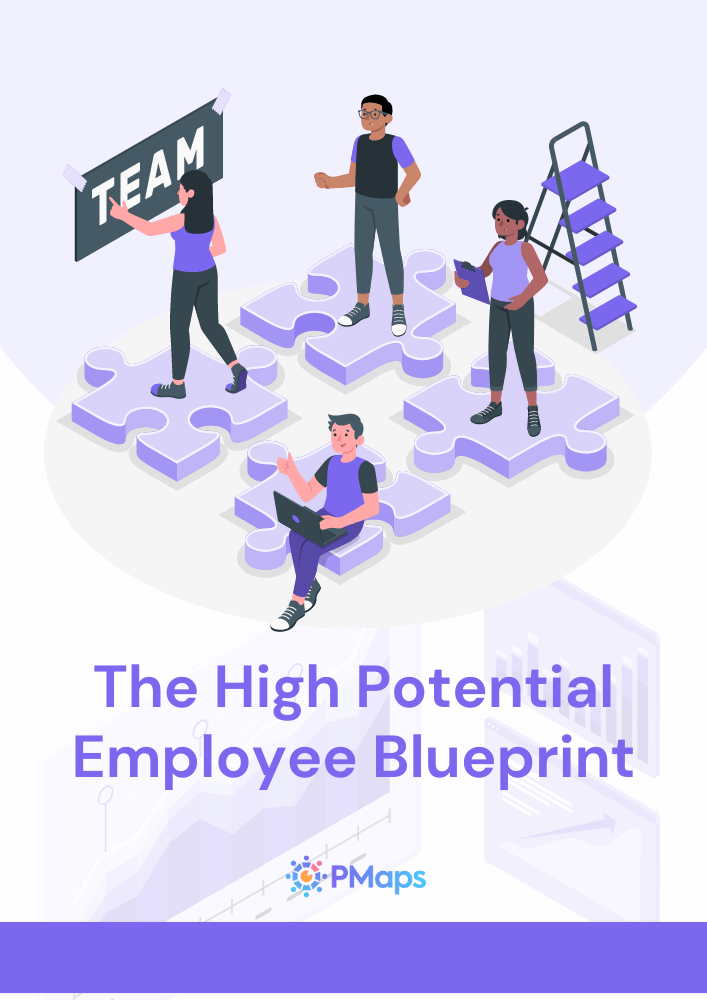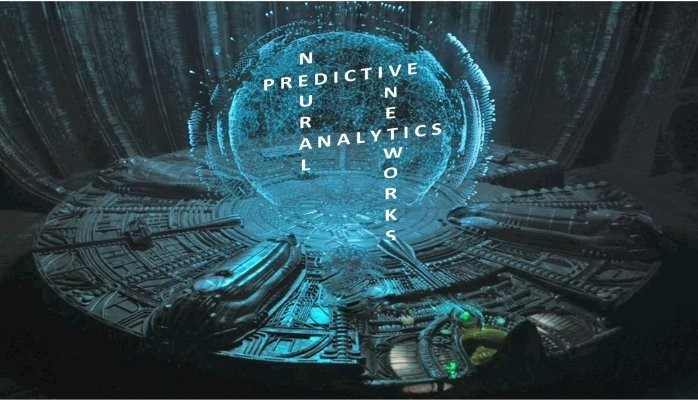
Recruitment Platforms or ATS are the new transformation tool for HRs to hire remotely.
From posting a job advertisement, to scrolling through bulk resumes, sorting, filtering candidates on each stage, conducting interviews, maintaining records, verifying documents, writing and sending acceptance or rejection letters to each candidate – finding the right fit for a job role can be taxing for the HR Professionals.
And according to a survey by Glassdoor, this process of hiring can last from around 10-53 days. Amongst which sectors such as government, aerospace, defence, energy and utilities takes the maximum number of days and sectors such as supermarkets, restaurants, security takes the minimum number of days to hire.
So how are HR professionals ensuring that they reduce their time to hire, give candidates a smooth hiring experience and navigate through different hiring stages without losing any potential talent in the journey?
The solution is – ADOPT FAST-TRACK RECRUITMENT PLATFORM.
What is an ATS or Recruitment Platform?
A Recruitment Platform or an Applicant Tracking System (ATS) is a virtual platform designed to maintain a database, keep a track of candidates in an organized manner and use various algorithms – that bring forward the best applicants according to their relevance.
In addition to this, Recruitment Platforms Integrated With Psychometric Assessments are in high demand by most of the companies these days in order to streamline the entire hiring process.
Capterra, a leading marketing data intelligence platform conducted a study to understand the impact of recruitment softwares over a period of eight days by asking questions from HRs and Talent professionals, and it was observed that:
- 75% of the recruiters and hiring managers use one or the other form of recruitment platform or applicant tracking software (ATS).
- Of these, the majority of recruiters (around 94%) say that such platforms have improved their recruitment process.
How does Recruitment Platforms work?
Every Recruitment Platform works differently. But in general, during the initial stages, applicants are asked some pre-screening questions to gather basic information about them. The Recruitment Platform then filters the candidates to the next stage by analyzing this information.
Some Recruitment Platforms do this filtering through scanning the uploaded resumes by considering the keywords relevant to a particular job skill or job title. For example the top demanded keywords for the role of a Programmer might be PYTHON, HTML and SQL, etc. and the top demanded keywords when it comes to soft skills might be management, analysis and leadership.
Now a common question that arises is doesn't it make it easier for the candidates to crack each stage by altering resumes with the expected relevant keywords?
The short answer is YES.
But what can HRs do about this?
Opt for Customizable Recruitment Platforms where you do not have to rely solely on the pre-decided keywords by the recruitment platform and can add your own normative keywords that best fits the job role.
Other ways in which Recruitment Platforms helps in narrowing down from a large pool of applicants is by scanning the candidate's social media channels – rejecting irrelevant profiles and giving HRs selected profiles that can be processed in the next stage of the hiring.
After this initial stage, Recruitment Platforms works in a variety of ways to ease up the work of the recruiters.
A quick note, different Recruitment Platforms offer different functions, some of those will be discussed below:
- Gathering Basic and Specific Candidate Details at Different Stages of the Hiring: Recruitment Platforms offers employers an opportunity to ask the candidates a bunch of pre-screening short and specific questions. This can be anything ranging from questions related to the candidate's qualifications, to the questions related to their working style or preferred geographical location. Recruiters get an overview in the database which further helps in understanding and learning about the candidates on what you call a “first impression level”. HRs can use this information to design the interviews, cutting off additional hours from the interview.
- Documents Uploadation and Verification: As Recruitment Platforms allows the candidates to upload the required documents such as educational qualifications, experience certificates, work samples, etc. Access to such documents is readily available to all the hiring team members and it can be easily verified as well which wasn't the case when the documents were submitted manually before Covid-19 times. Many employers also use this at the beginning stages for basic identity verification by asking the candidates to upload a scanned copy of their – PAN, Aadhar Card, Passport etc.
- Interview Scheduling and HR Feedbacks: Recruitment Platforms enables the recruiters to quickly schedule interviews allowing the candidates as well to pick up a convenient time slot for the meeting, thereby helping both the parties by acting as coordinator. This fastens the entire scheduling process and eliminates the conflicts related to scheduling. It comes handy especially when companies are dealing with bulk candidates. It also sends reminders through various chosen means (such as emails, messages, notifications, etc.). Additionally, post interviews, Recruitment Platforms allow the recruiters to share their feedback with the candidates through forms such as Interviewer's Feedback Forms.
- Send Automatic Acceptance and Rejection Letters: With Recruitment Platforms HRs can create customizable templates for acceptance and rejection letters which can be sent to the candidates automatically at any stage. This further reduces the burden of writing and sending such mails to each and every candidate separately. It ensures that the candidate walks out with a positive candidate experience with the company even when he/she is not hired. Candidates who receive proper feedback and are not kept hanging see the employers in a positive light and this aids to the employer branding as well.
- Store and Migrate Data (On An Individual Level or In Bulk): With Recruitment Platforms, recruiters can migrate and store the gathered data securely eliminating the risk of data theft. Data can be moved into various formats such as documents, spreadsheets, and cloud solutions. Recruiters can also export the previously collected recruiting data for single as well as for bulk candidates and make informed decisions while upgrading their platform by comparing their old and new platform. Make sure before opting for an Recruitment Platform or an ATS Automation, you check that it migrates in appropriate formats (preferably on other HRMS Portals too) and not in odd formats such as XML, JSON or proprietary formats.
- Generating Insights Through Analytics: Recruitment Platforms not just allows you to collect specific information, feedback, etc. – but also lets you analyze the data giving you a complete outline of the hiring workflow. Recruiters can use these insights to understand the gaps in their hiring process and then work in reconstructing their HR policies. Additionally, it also generates analytics related to the medium through which most candidates applied such as social media, career page of the website, job portals, etc. This in turn will help recruiters focus and target the right channels for the best candidates thus staying ahead from the competitors.
So this was all about Recruitment Platforms.
Now imagine John is the HR Head of a company that receives applications in bulk. So he takes up all the above considerations and chooses the best Recruitment Software. He filters out a bunch of candidates who are the best fit for the company.
But now the question arises – what about assessing the relevant job skills?
To fix this, John takes up a 3rd-Party Integration of Assessment to measure the same. But, this results in back-and-forth calls to bring both the vendors on a common ground.
Whenever there is a need to manage candidate data and assess them on their skills – we often see these two as two different functions. Most of us opt for a 3rd-party recruitment platform and additional psychometric assessments.
But what if I tell you that there is a two-for-one solution by which you can get these functions together on one platform!
Introducing: “PMaps Recruitment Platform With Integrated Digital Psychometric Assessments: THE BEST OF BOTH WORLDS”
Where Recruitment Platforms on one hand helps you filter the relevant candidates from a large pool, digital assessments make sure that those candidates possess the job-relevant skills. In addition, these online psychometric assessments generate a comprehensive, scientific, unbiased report for the recruiters to go through – automating the hiring process from application to interview and saving tons of time and resources.
The Takeaway:
Recruiting the right candidates is a challenging job in itself. Recruitment Platforms can bring ease to the Human Resource Team by simplifying and automating the different stages of hiring. It also makes it easier for the candidates to apply for a job from the comforts of their home and smoothly transition from one stage of hiring to another.
All your competitors are simultaneously in the lookout for quality talent. Implementing such Recruitment Platforms (especially when integrated with Assessments) in your hiring process can help you get the top notch talent in a shorter span of time and stay ahead in this competitive market!
– Somya Verma
Team PMaps – Psychologist








